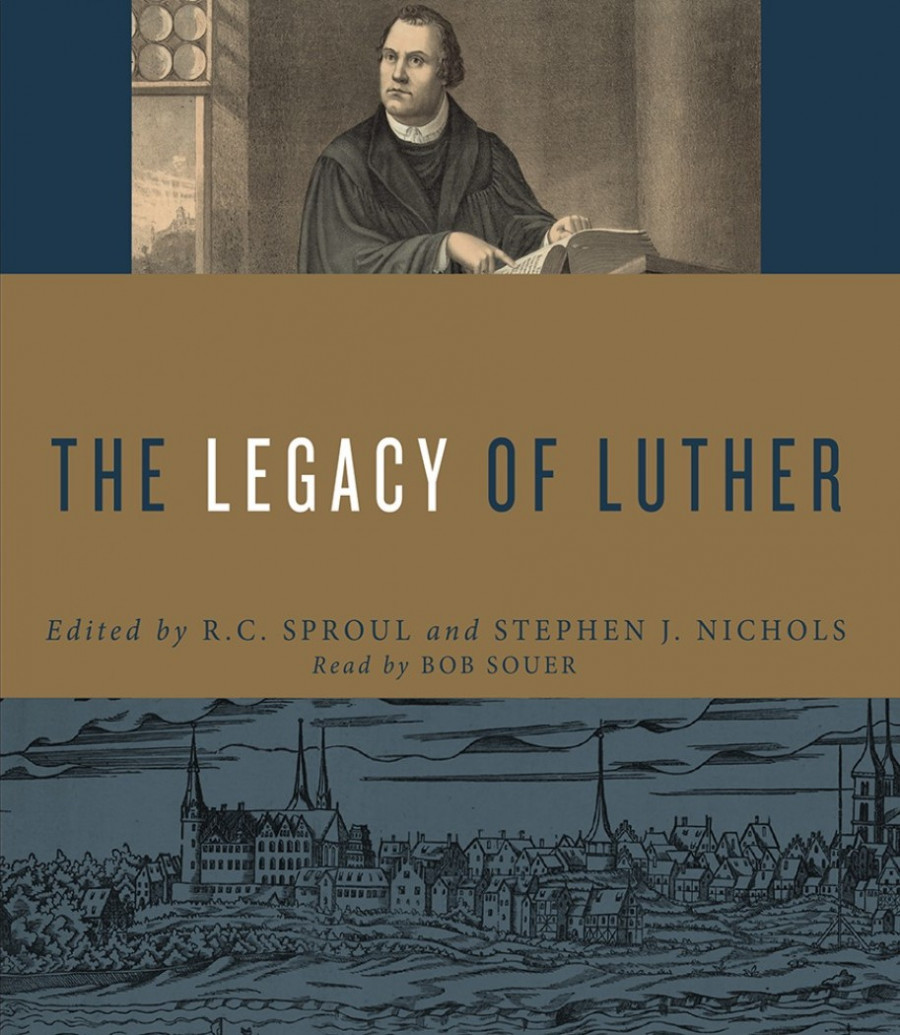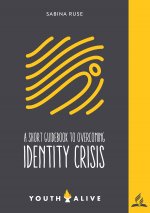Martin Luther, a German professor of theology, made public, on 31 October 1517, a list of several ideas in logical succession - known as the Ninety-five Theses. With this letter, he provoked the theological thinking of his time, questioning some of the "religious" practices, pointing to the corruption of the Catholic Church and the urgent need for a reform, and eventually he sought the liberation of every Christian soul from the burden of sin.
“The Legacy of Luther”, edited by R.C. Sproul and Stephen J. Nichols, is a book published to commemorate the role of the Protestant Reform not only in the history of Christendom, but throughout the world. There’s no doubt that the fire lit by the monk Martin Luther (Luder, in the correct form) ravaged the center of the world at that time - Europe - with consequences to this very day.
The volume contains 16 chapters written by different authors – teachers of church history, editors, theologians, apologists, pastors, authors of Christian theology books and Christian spirituality, etc. These are grouped into three major sections: Luther's life, thought, and legacy. In addition to these, the volume also includes a short chronological table with the most important moments of Luther’s life, an appendix with the Ninety-five Theses, an index of topics, and a few portraits of Luther, proof that his life and reforms have left a mark on the world of culture and art as well.
The first section is predominantly historical, although it is difficult to separate Luther's life from his theological ideas. Readers discover here Martin Luther, a man initially tormented by the thought that he is not good enough before God, endowed with reason, a good orator, having a choleric temperament, with a colorful oral and written language. The authors highlight in a didactic manner the key moments of Luther's life: conversion, journey to Rome, making public the Ninety-five Theses, the main theological debates (or processes) in which he took part, his excommunication by the Catholic Church, the translation of the Bible in German, written books and so on.
The authors frequently quote passages from Luther's writings, but also from various other authors who wrote about Luther's reforms and their impact. Perhaps, for some of the chapters, quotations are made excessively. However, this excess can encourage one to read the original texts and the books he wrote and form their own opinion about Luther.
The second section of the book presents some of the main ideas that shaped the reformer's thinking and theological conceptions, namely the principles “Sola Fide – By faith alone”, “Sola gratia – By grace alone”, “Sola Scriptura – By Scripture alone”, “Sol Christo – Christ alone”, “Soli Deo Gloria – Glory to God alone”.
Finally, the last section broadens the reader's perspective on Luther's heritage, providing interesting information about how the reformer understood the study of the Bible, his relationships with other reformers of his time, the influence of his theology after his death, and the importance of the religious hymn and preaching in his work.
As I mentioned, at the end of the book there is also a translation of the Ninety-five Theses. Their reading will offer you a fair understanding of Luther's desire to stimulate the world he lived in, by proposing a debate that would gradually divide the Catholic Church.
“Luther's legacy” is a widely accessible book. A good resource for students of theology and history, but also a captivating biography that can be enjoyed by anyone. The reader will be rewarded with a better understanding of the context of the Protestant Reformation, a more reasonable outlook on Martin Luther as man and symbol of Protestantism, and, why not, even a greater curiosity about the Bible and salvation. After all, this is what Luther and all the great reformers started with - the desire to cultivate a sincere, transformative, and real connection with God.













